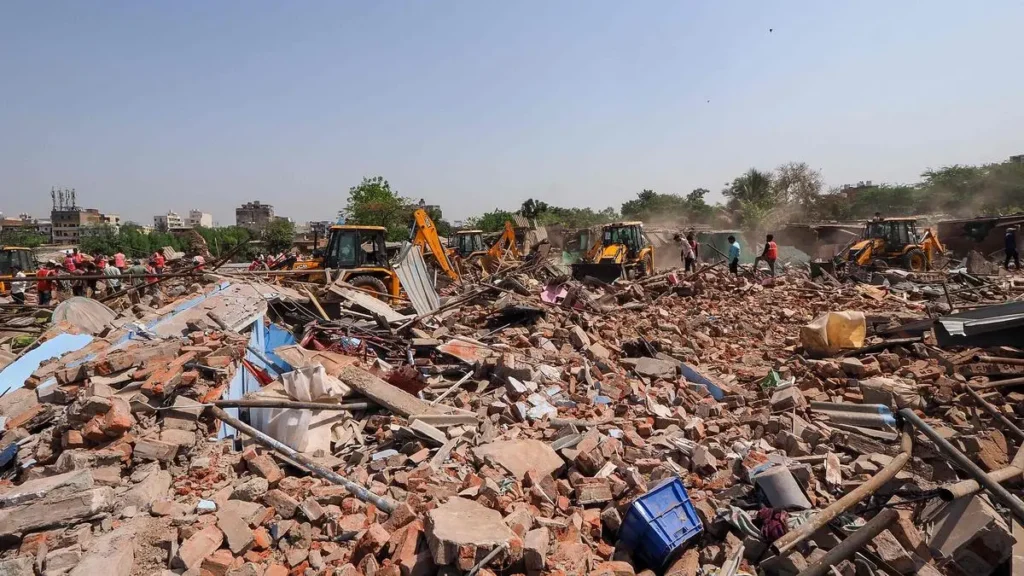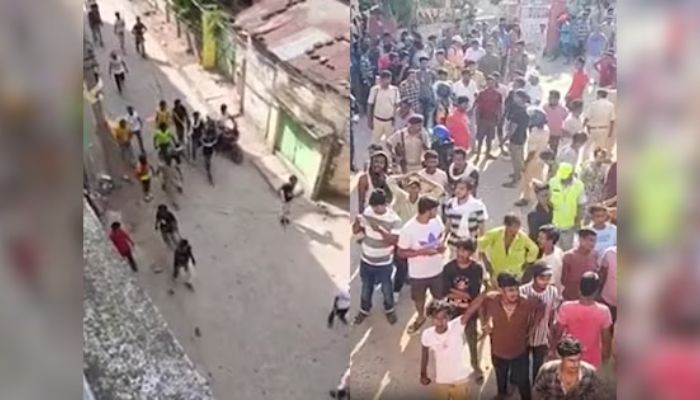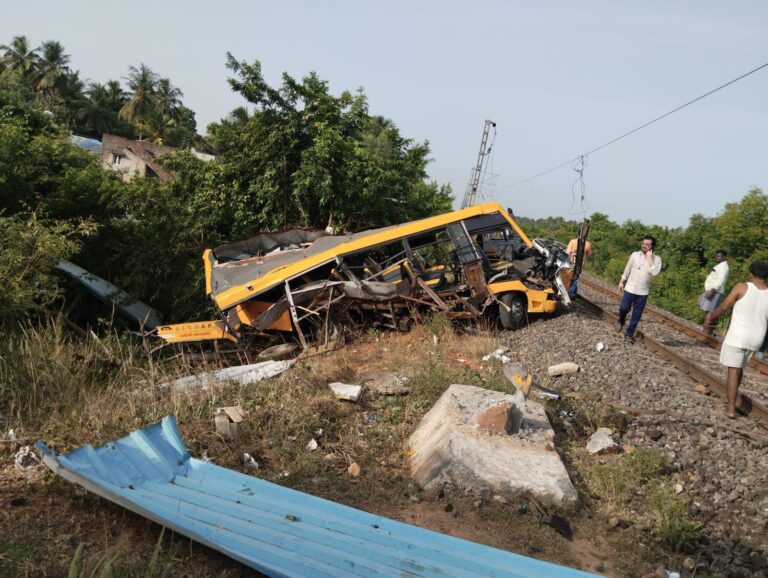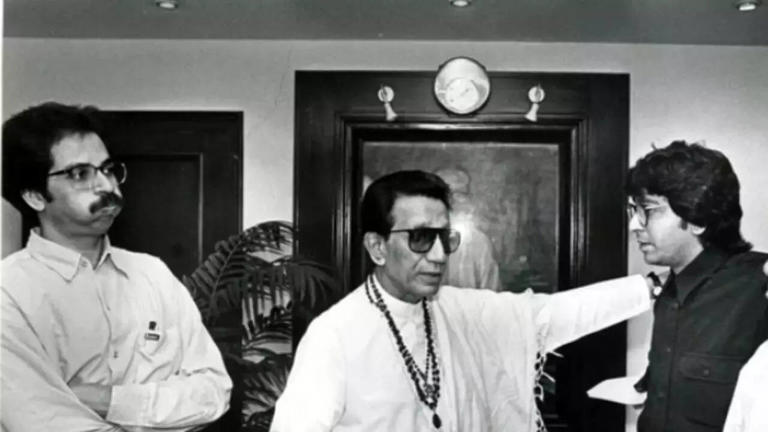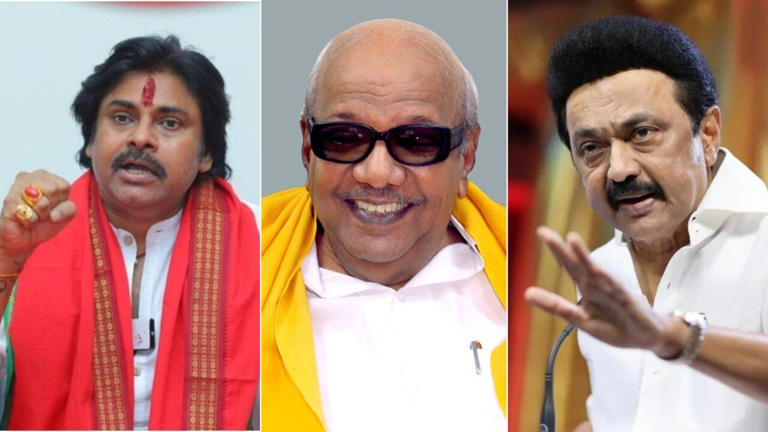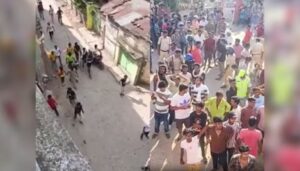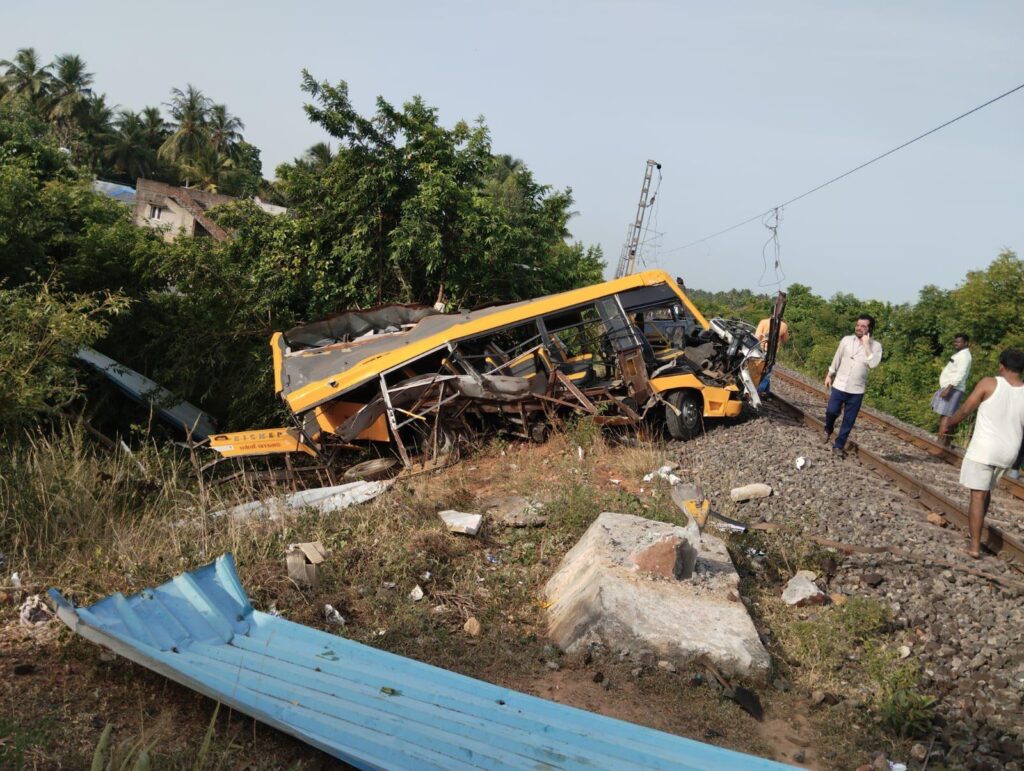Home Ministry Tightens Immigration Control; Supreme Court Backs Deportation Move with Strong Message
In a significant move, the Ministry of Home Affairs (MHA) has issued a 30-day deadline to all States and Union Territories to identify illegal immigrants—particularly those from Bangladesh and Myanmar. The focus is mainly on Rohingyas and undocumented Bangladeshi nationals, considered to be living without valid legal documents across multiple Indian states.
🚨Home Ministry drops the HAMMER. States & UTs given a 30-DAY DEADLINE to IDENTIFY illegal immigrants from Bangladesh & Myanmar.
— The Analyzer (News Updates🗞️) (@Indian_Analyzer) May 19, 2025
~ Full verification & DEPORTATION prep begins. Nation FIRST, infiltrators OUT 🔥 pic.twitter.com/NTrPF3ls7A
The aim is twofold: First, The Quick identification of foreign nationals living illegally and Verification and documentation for deportation.
After the 12-day halt post Operation Sindoor following the Pahalgam terror attack, the Centre is pushing hard on internal security clean-up. Illegal immigrants are being viewed as both security risks and economic burdens. States with known clusters of undocumented migrants like Assam, West Bengal, Delhi, Jammu & Kashmir, Uttar Pradesh, Rajasthan, and border states like Tripura and Manipur have been directed to furnish detailed reports within the 30-day period.
What Is the Legal and Political Context Behind This Crackdown?
The Supreme Court of India, while hearing a petition regarding illegal immigrants, made a bold remark: “This is not a Dharamshala. India cannot be a hotel for refugees from all over the world. We are already dealing with a population of 140 crore.”
"India Not A DHARAMSHALA that can Entertain REFUGEES FROM ALL OVER THE WORLD"
— The Random Guy (@RandomTheGuy_) May 19, 2025
-- SUPREME COURT 🔥pic.twitter.com/VEyCKBTRJU
This statement has given the Home Ministry’s actions judicial backing, reflecting the judiciary’s alignment with national interest, controlled borders, and a firm immigration policy. The Indian government is using: Foreigners Act, 1946, Passport Act, 1920, The Citizenship Act, 1955 (for establishing legal residency or lack thereof). The combination of these laws provides the legal framework to identify, detain, and deport undocumented migrants.
Rohingyas entered India post-2012 due to the Myanmar military crackdown. Bangladeshis have been entering India for decades for economic reasons. Both groups are not covered under the Citizenship Amendment Act (CAA), which only applies to non-Muslim minorities from Pakistan, Afghanistan, and Bangladesh. There are intelligence reports linking some illegal immigrants to radical groups, smuggling networks, and even terror sympathizers—which escalates the urgency of deportation.
How Assam and Gujarat Are Executing India’s Deportation Drive
Assam has historically been at the epicenter of illegal Bangladeshi immigration, with infiltration dating back to the 1971 Bangladesh Liberation War. Over the decades, demographic changes, ethnic tensions, and land conflicts have turned immigration into a volatile political and social issue. Assam completed a full National Register of Citizens (NRC) exercise in 2019, identifying around 19 lakh people as potentially illegal residents. The state has multiple detention centers specifically for illegal immigrants. The government is now using NRC data, border police intelligence, and local administrative networks to comply with the Home Ministry’s 30-day directive.
Under the Current moves with-in the 30-day deadline: The Assam Government has begun to Re-verify NRC-excluded individuals. District collectors are issuing fresh circulars to gram panchayats to list any suspicious undocumented migrants. Security has been ramped up in border districts like Dhubri, Karimganj, and Cachar.
Gujarat has a large number of undocumented migrants, especially: Rohingya families settled in slums near Godhra, Ahmedabad, and Surat. Bangladeshi migrants working in construction, textiles, and informal sectors. Gujarat Police and Intelligence Bureau are tracking suspicious documentation in urban slums and labour colonies.
#WATCH | Ahmedabad, Gujarat | Drone visuals from Chandola area as the second phase of demolition begins to remove illegal encroachment from an area of more than 2.5 lakh square meters. pic.twitter.com/jYDkcygOle
— ANI (@ANI) May 20, 2025
The Gujarat Home Department has launched special verification drives in areas flagged by intelligence reports. Local police units are coordinating with UIDAI and Election Commission to detect forged documents. Surat and Bharuch have seen arrests and detention orders issued for illegal Rohingya workers. Industrial groups have raised concerns about potential labour shortages, but the government maintains that national security overrides economic discomfort. The focus remains on screening, documentation, and detainment before deportation talks proceed.
The crackdown is being welcomed by many state administrations, especially in Assam and Manipur, where public anger against unchecked immigration has been simmering for decades. While Yes, international organizations and refugee advocacy groups have raised alarms over human rights violations and the status of stateless persons. However, the Indian government maintains that national security and sovereignty come first, and India is not a signatory to the 1951 Refugee Convention, giving it autonomy on this issue.
While this crackdown is not directly tied to NRC (National Register of Citizens) or CAA, it is part of the broader immigration overhaul policy. NRC aims to weed out illegal immigrants, and the CAA provides a legal route for persecuted non-Muslim minorities from specific neighboring countries. Rohingyas and Bangladeshi Muslims do not qualify under this bracket.


